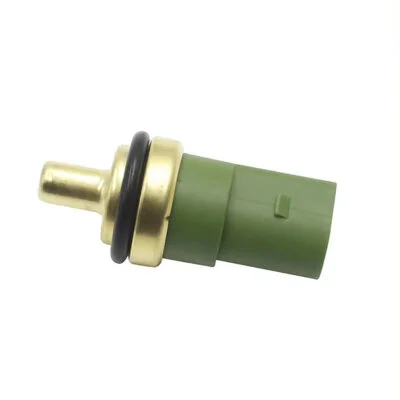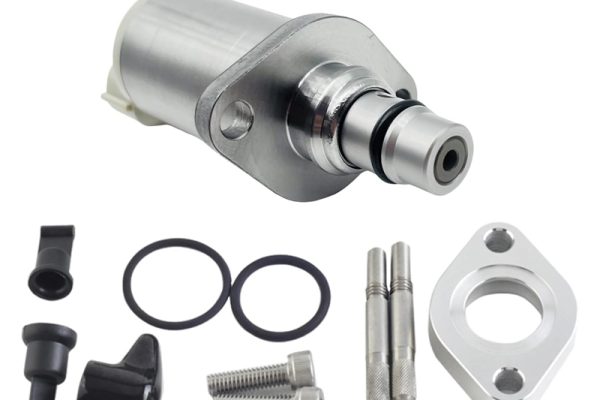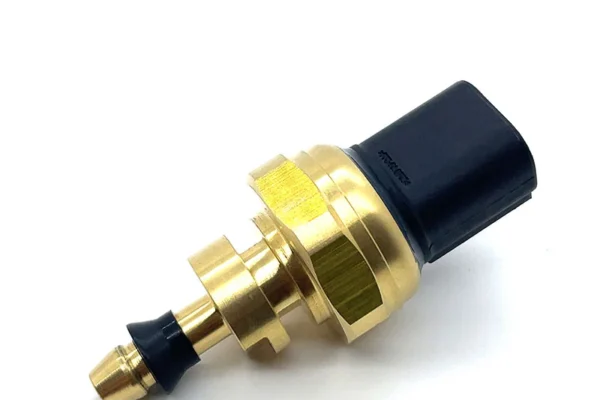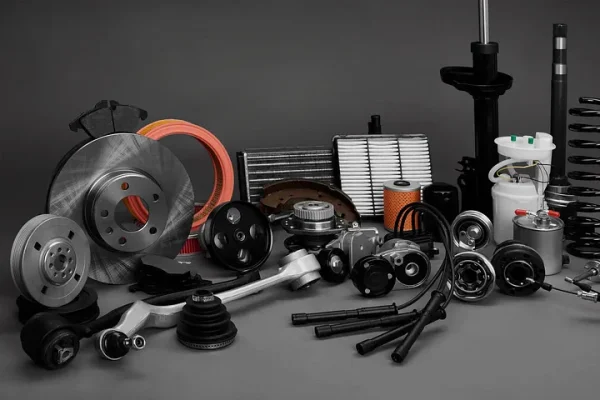Introduction to Coolant Temperature Sensors
In the automotive industry, every component plays a role in ensuring that vehicles perform reliably and safely. One small but critical part is the coolant temperature sensor. This device monitors the temperature of the engine coolant and sends signals to the vehicle’s control unit, helping regulate fuel injection, ignition timing, and even dashboard warnings.
For B2B buyers such as wholesalers, distributors, and fleet maintenance companies, understanding the role of this sensor goes beyond basic vehicle repair. A dependable supply of coolant temperature sensors is vital for workshops and large-scale operations that rely on minimizing downtime and ensuring accurate diagnostics. The replacement cost of a coolant temperature sensor becomes a central question not only for end-users but also for businesses seeking to balance procurement budgets, repair efficiency, and long-term reliability. For example, understanding the role of an Auto Engine Coolant Temperature Sensor for Hyundai is crucial for businesses that operate in the automotive supply chain.

Common Signs of a Failing Coolant Temperature Sensor
A faulty coolant temperature sensor can create a chain reaction of problems within a vehicle. While drivers may notice dashboard alerts or fluctuating temperature readings, businesses should pay closer attention to recurring issues in customer vehicles or fleet operations.
Some common indicators include:
- Engine overheating or underheating: If the sensor provides inaccurate readings, the cooling system may fail to function properly, leading to engine strain.
- Erratic dashboard readings: When the gauge displays misleading data, drivers may miss early warning signs of overheating.
- Fuel inefficiency: Incorrect temperature signals can cause the control unit to mismanage air-fuel ratios, raising fuel consumption.
- Hard starts and stalling: A failing sensor may lead to problems during ignition, which can be costly for businesses managing multiple vehicles.
For automotive workshops, these recurring issues often translate into increased customer complaints and higher repair frequency. For fleet managers, a defective coolant temperature sensor can reduce overall operational efficiency and contribute to unexpected downtime. Therefore, identifying faulty sensors early and planning timely replacements is a practical strategy for minimizing repair costs.
Factors Influencing the Replacement Cost
When considering the cost of replacing a coolant temperature sensor, it is important to look at the broader picture rather than a single price tag. The overall expense can vary significantly depending on several factors.
Labor vs. part costs
In most replacement cases, the cost can be divided into two components: the price of the part itself and the labor required to replace it. While the sensor is typically small and relatively straightforward to install, labor charges may differ based on the vehicle model, location of the sensor, and the expertise required for the job.
Vehicle type and engine complexity
Commercial vehicles, trucks, and specialized machinery often involve more complex installations than standard passenger cars. In some cases, accessing the sensor requires dismantling other components, which adds time and, therefore, labor cost. For B2B buyers supplying to repair shops, this means providing sensors that are easy to fit and compatible with different vehicle categories can become a competitive advantage.
Sourcing and supply chain
From a business perspective, how the part is sourced can significantly influence its cost. Wholesale coolant temperature sensors often provide better value for workshops, resellers, and fleet operators than single-unit purchases. While aftermarket options may offer cost savings, businesses should weigh this against long-term performance and the potential for repeat replacements. For example, choosing a engine coolant temperature sensor for Mercedes-Benz can enhance cost efficiency while maintaining supply consistency.
Market and regional differences
Replacement costs are also influenced by regional labor rates, supply chain logistics, and availability of parts in local markets. For international distributors, this factor emphasizes the importance of securing a stable and diversified supply network.

Cost Considerations for B2B Buyers
For individual drivers, replacing a coolant temperature sensor might seem like a routine repair. But for businesses, the implications are much broader. The decision to invest in reliable coolant temperature sensors affects not only immediate repair costs but also long-term customer satisfaction, operational efficiency, and business reputation.
Bulk purchasing advantages
B2B buyers often look at cost from the perspective of volume. By sourcing coolant temperature sensors in bulk, repair shops and distributors can reduce per-unit costs, improve inventory reliability, and maintain a competitive edge in the market.
Impact on fleet maintenance
For companies managing fleets of commercial vehicles, even a small component like a coolant temperature sensor can have a large cumulative impact. If multiple vehicles experience sensor failures, downtime multiplies, and so do costs. By planning preventive replacements and securing consistent supply, fleet operators can protect against unexpected expenses.
Supplier reliability
A reliable coolant temperature sensor supplier plays an essential role in cost management. Businesses must consider not only the initial purchase price but also product quality, delivery consistency, and after-sales support. Inconsistent supply or low-quality sensors can increase warranty claims, customer dissatisfaction, and hidden repair costs. Partnering directly with a trusted auto parts manufacturer can give businesses stronger quality assurance and supply chain stability.
Strategic sourcing and market positioning
For wholesalers and distributors, offering quality coolant temperature sensors at competitive prices strengthens relationships with workshops and retailers. It also positions them as trusted partners in the automotive aftermarket industry. By highlighting durability, ease of installation, and stable supply, businesses can differentiate themselves in a competitive market.

Conclusion: Investing in Reliable Coolant Temperature Sensors
The cost of replacing a coolant temperature sensor is not a one-dimensional issue. While labor and part prices play a role, businesses must also evaluate factors such as sourcing strategy, fleet maintenance implications, and supplier reliability.
For B2B buyers, the replacement of a coolant temperature sensor is less about a single repair and more about building efficiency and trust across the supply chain. Repair shops benefit from satisfied customers when replacements are timely and effective. Fleet managers gain peace of mind knowing their vehicles are less prone to unexpected breakdowns. Distributors strengthen their reputation when they deliver consistent quality and value to clients.
Ultimately, investing in dependable coolant temperature sensors ensures more than just accurate temperature readings. It reduces downtime, increases efficiency, and helps businesses build stronger, long-term customer relationships. In a competitive market, sourcing the right sensor from the right supplier becomes not only a cost-saving measure but also a strategic business decision.












